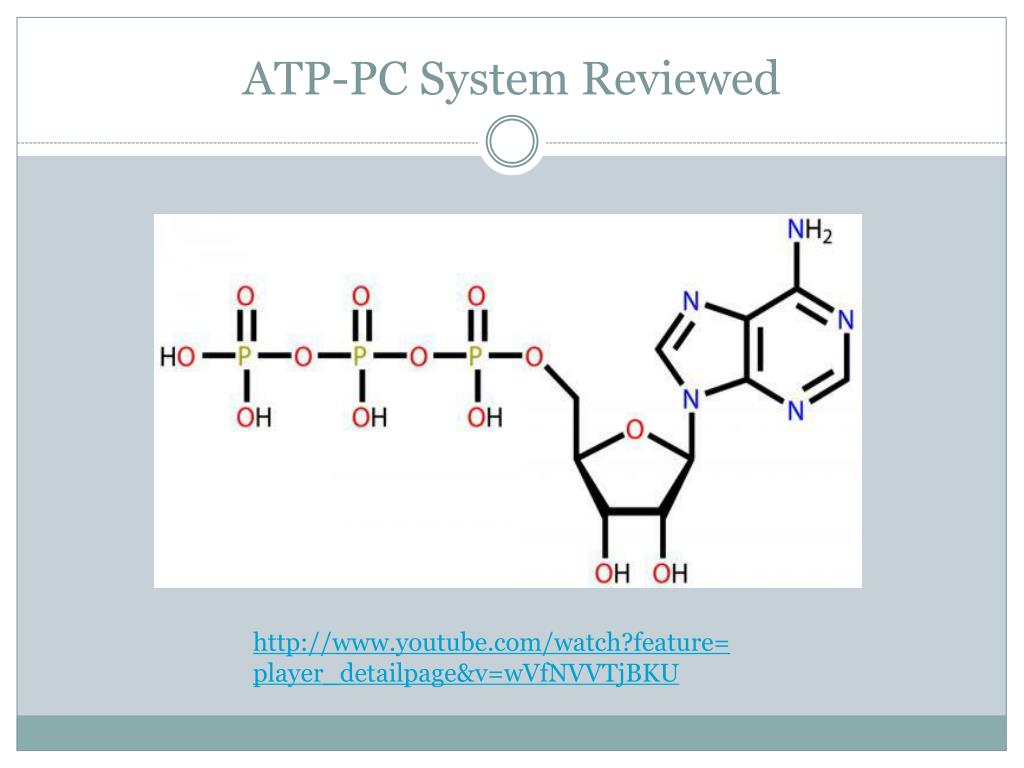

The more oxygen you pump to your muscle cells and their mitochondria through aerobic workouts, the faster and better they work to produce energy.

If you have a client perform an exercise at a low or moderate intensity you will use more oxygen compared to if they perform the exercise with heavy weight or at a high intensity. Mitochondria is responsible for producing ATP molecules for energy using oxygen as fuel. Aerobic training has its benefits including helping mitochondria make energy more efficient. This is because endurance athletes commonly train with high reps and lower intensities. These fibers are most commonly active during endurance training. Slow twitch muscle fibers are exactly what the name says, they contract slowly. Can Muscle Fiber Type Be Changed by Training?ĭifferent types of activities will result in separate muscle contractions. In order to recruit the most motor units they have to be activated in order, which hypertrophy training does. According to the size principle motor units of a muscle are recruited in order of threshold and firing rate. Heavier weights activate type IIb muscle fibers because of the size principle. By recruiting more muscle fibers, you create more tissue damage, which in turn improves growth. Aiming to complete 6-12 repetitions for 3-6 sets per exercise at this intensity will recruit more muscle fibers. Hypertrophy training is most effective when exercise intensity is 60% to 85% of 1RM. This limits muscle growth but enhances force production. Since training for power involves explosive movement, motor units do not have time to activate accordingly. This leads to disruption of hormonal adaptations that would normally occur during hypertrophy training. To focus more on power, aim to complete 1-2 repetitions with 3-5 working sets at 85% to 95% of 1RM. The training intensity for each set should be 85% or higher to promote the best results. The goal for each exercise regarding strength training is to complete 6 or less repetitions and 2-6 sets. If the main focus is increasing strength, the repetition range will be lower with a higher intensity to target type II muscle fibers. Training at a lower or higher intensity will not activate type I muscle fibers, instead higher intensities will recruit type II muscle fibers. The training intensity should be individualized based on fitness level, but always 55% to 65% of 1RM to stimulate type I muscle fibers. For each exercise, aim to complete 3 sets of 12 or more repetitions. To target type I muscle fibers, you need to train at lower intensities, but perform higher repetitions.

If a client's main goal is to improve muscular endurance you must design a program that will target type I muscle fibers. These fibers have a high number of glycolytic enzymes, low resistance to fatigue, and low oxidative capacity compared to type IIa.

Type IIb have a faster shortening speed and greater anaerobic potential. Type IIa fibers have a fast shortening speed and transfer energy from aerobic and anaerobic sources. These fibers contract faster, allowing them to produce greater amounts of force, power, and strength, but they fatigue faster.įast twitch muscle fibers include type IIa and type IIb fibers. Activities like sprinting and weightlifting rely on fast twitch muscle fibers due to high levels of intensity and shorter work periods. When a muscle is placed under high demand or heavy load, these fibers take control. They have a high resistance to fatigue and a high oxidative capacity.įast twitch muscle fibers are mainly recruited during anaerobic exercise. Type I fibers rely heavily on oxidative phosphorylation rather than glycolysis for ATP production. These fibers are often referred to as type I. As a result, they produce ATP through aerobic glycolysis. These fibers contract slowly and have a very high aerobic capacity. Slow twitch muscle fibers are predominantly used during aerobic exercise, such as long-distance running. To create a program that meets our clients' needs and to help them achieve their goals we need to have an intimate knowledge of muscle tissue-all the way down to the fibers that create each muscle spindle.


 0 kommentar(er)
0 kommentar(er)
